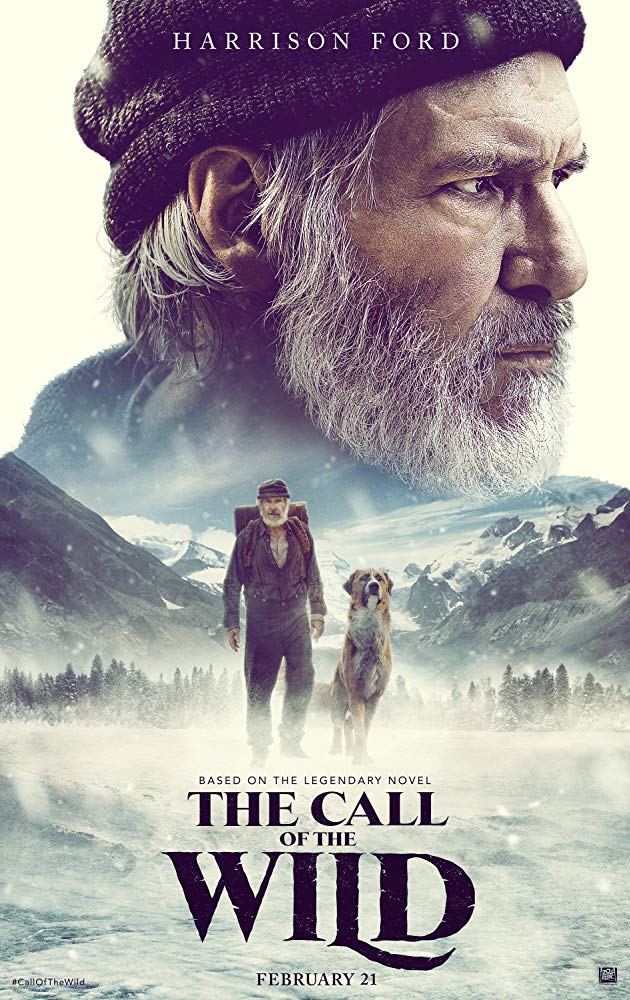By: Ryan Farrell, Staff Writer
For the first time in over twenty years, Jack London’s novel “The Call of the Wild” was adapted to the big screen. “The Call of the Wild” is directed by Chris Sanders, and stars Harrison Ford and Terry Notary. While Ford’s performance and the stunning nature setpieces stand out, the experience is hindered by its big-budget effects. This is especially the case with Buck, the CGI protagonist of the story. This conflicted project would have been more effective as an animated film, making the suspension of disbelief more easily obtainable.
For most of his life, Buck was a dog who lived at a wealthy estate. After he ruins a family banquet, he is sold off as a sled dog which brings him to the Yukon Territory in the midst of the Gold Rush. With his world turned upside down, Buck embraces his new environment as he learns how to live his life without being bound to a master.
The largest drawback of the film is the main protagonist, Buck the Dog. In order for the animal to perform the extreme feats, a CGI model was created in order to achieve the desired effect. While the stunts themselves are objectively impressive, this decision robbed the character of any emotional tension. The effects are nowhere near convincing, especially when Buck is interacting with real actors. When Buck’s actions are used for comedic relief, it comes off as cartoonish because his movements are unnatural to that of a dog. It is especially straining considering that the film strictly follows Buck, prolonging the lack of immersion throughout. Yes, it is neat to see a sled dog barely escape the clutches of an avalanche, but the lack of realism in a live action film leaves little to be desired.
The character John Thornton, played by Harrison Ford, is a redeeming aspect of “The Call of the Wild”. He is Buck’s companion as both of them traverse the Yukon. Even though Buck serves as the central perspective, Ford also narrates the classic tale. His performance is very humbling yet depressing at the same time. Since Buck lacks any emotional investment, Ford carries all of it. While he is effective, the relationship is ultimately hindered due to the technical limitations of Buck. All of Ford’s monologues explaining the value and history of nature lose their impact due to an overall lack of realism. Ford is certainly a highlight, but it is not enough to carry the film alone.
Another appealing aspect of “The Call of the Wild” is the film’s beautiful cinematography. The Yukon is a stunning piece of the Alaskan countryside, so it was pleasing to see the creators utilize actual locations. Even scenes lit only by firelight are shot efficiently. Despite this, the effect is lessened by the fact that there aren’t any real animals in the film. As a result, realism is broken almost immediately. It’s a shame that they couldn’t decide between one medium or another, making the film all the more conflicted.
“The Call of the Wild” is now showing in theaters.

